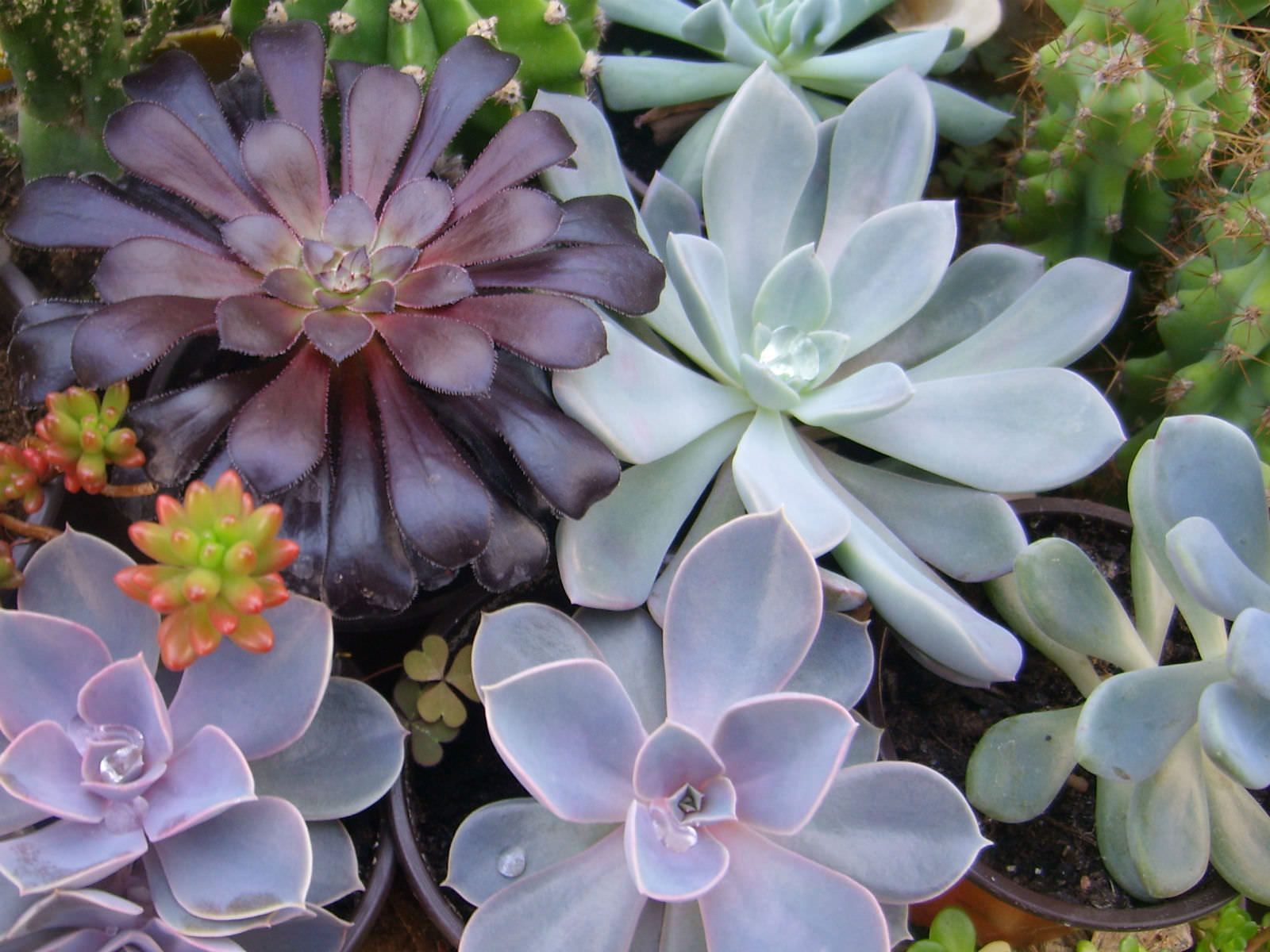Succulents are an incredibly diverse group of plants, known for their ability to store water in their leaves, stems, or roots. This fascinating characteristic allows them to thrive in arid environments, making them a popular choice for gardeners and plant enthusiasts alike. This complete guide delves into the myriad types of succulents, their unique traits, uses, and care requirements, celebrating the extraordinary beauty and resilience of these botanical wonders.
To embark on your succulent journey, it’s essential to understand the classifications and characteristics that differentiate them. From the iconic desert-dwelling varieties to enchanting indoor species, succulents can be categorized into several prominent groups.
Understanding Succulent Classifications
Succulents can be broadly classified into two main categories: cacti and non-cacti succulents. Though cacti are technically a subset of succulents, they possess unique features, such as the presence of areoles — specialized structures from which spines, flowers, and new growth emerge.
Non-cacti succulents, on the other hand, encompass a diverse array of plants from various families. They vary widely in appearance, growth habits, and ecological niches, showcasing ribbons of color and an architectural appeal that captivates collectors.
Types of Cacti: More than Spines
Exploring the world of cacti introduces you to unique and resilient species often associated with deserts. Here are a few noteworthy examples:
• Saguaro Cactus (Carnegiea gigantea): Iconic in North American deserts, this towering giant can live over 150 years and grow to impressively tall heights, boasting beautiful white flowers in its flowering season.
• Barrel Cactus (Echinocactus spp.): Characterized by their rounded, ribbed bodies, barrel cacti are often adorned with striking yellow or red flowers. These cacti flourish in arid habitats and can store substantial water reserves.
• Prickly Pear (Opuntia spp.): Known for their flat pads and vibrant fruits called “tunas,” prickly pears are versatile. They’re widely cultivated not only for their ornamental beauty but also for culinary purposes, as their pads and fruits are edible.
• Christmas Cactus (Schlumbergera): Unlike traditional cacti, this holiday favorite is native to rainforests and exhibits lush, segmented stems adorned with bright blooms. It thrives with slightly more moisture than its desert cousins.
Non-Cacti Succulents: The Botanical Splendor
Non-cacti succulents include a plethora of plants with extraordinary diversity, differentiated by their varying shapes, sizes, and colors. Highlighted below are some prominent types:
• Aloe Vera (Aloe barbadensis): Renowned for its medicinal properties, Aloe Vera is celebrated for its soothing gel, promoting skin health. Its fleshy, green leaves form a rosette pattern and feature prominent jagged edges.
• Jade Plant (Crassula ovata): This popular houseplant is often associated with prosperity and good luck. Its glossy, oval leaves grow on thick, woody stems, lending an air of elegance to any interior setting.
• Echeveria: With rosette-shaped foliage that comes in an array of colors, Echeverias are quintessential garden gems. These striking succulents are easy to propagate, making them a favorite among hobbyists.
• Sedum: Sedums are low-growing succulents, often referred to as stonecrops. They vary in size and growth habits, from ground covers to upright varieties, all adorned with star-like flowers that attract pollinators.
• Haworthia: These diminutive powerhouses boast thick, fleshy leaves that often exhibit unique patterns and textures. Haworthias prefer low light conditions, making them perfect candidates for indoor environments.
Practical Uses of Succulents
The multifaceted uses of succulents extend beyond mere aesthetics. These plants can serve various functional and therapeutic roles:
1. Ornamental Display: Due to their captivating forms and diverse colors, succulents are favored in decorative displays, whether in homes, office spaces, or gardens. They create focal points in landscaping and can thrive in a variety of arrangements.
2. Air Purification: Certain succulents, such as Aloe Vera, contribute beneficially to indoor air quality by filtering toxins and releasing oxygen, improving overall well-being in living environments.
3. Therapeutic Benefits: The act of caring for plants can promote emotional well-being. Succulents require less intensive care than many traditional houseplants, making them ideal for novice gardeners, while still providing a sense of fulfillment and connection to nature.
4. Edible Varieties: The culinary landscape includes succulents with edible qualities, such as Agave and Prickly Pear. These species not only add unique flavors to dishes but also enrich the culinary experience with their textures and nutritional benefits.
Caring for Succulents: Essential Tips
To cultivate a thriving succulent collection, proper care is paramount. Here are essential tips to ensure your succulents flourish:
• Light Requirements: Most succulents crave bright, indirect sunlight. If grown indoors, placing them near a south-facing window offers optimal conditions. Conversely, be cautious of direct sunlight exposure, which can scorch their leaves.
• Soil Selection: Utilize well-draining soil specifically formulated for succulents to prevent root rot. A mix of potting soil, sand, and perlite or pumice is an optimal choice, promoting drainage and aeration.
• Watering Practices: Succulents thrive on a regimen of deep but infrequent watering. Allow the soil to dry out completely between waterings, and consider their dormant seasons — typically winter — when watering needs decrease.
• Temperature and Humidity: These plants prefer warmer temperatures and lower humidity levels. Protect them from frost and extreme temperature fluctuations to maintain their vitality.
Conclusively, succulents represent a remarkable assortment of plants that glisten in both form and function. Their adaptability and breathtaking diversity offer an enthralling exploration for any plant lover. Whether one seeks aesthetic charm, practical applications, or a meditative hobby, succulents deliver on all fronts, solidifying their status in botanical and horticultural realms.





Leave a Comment